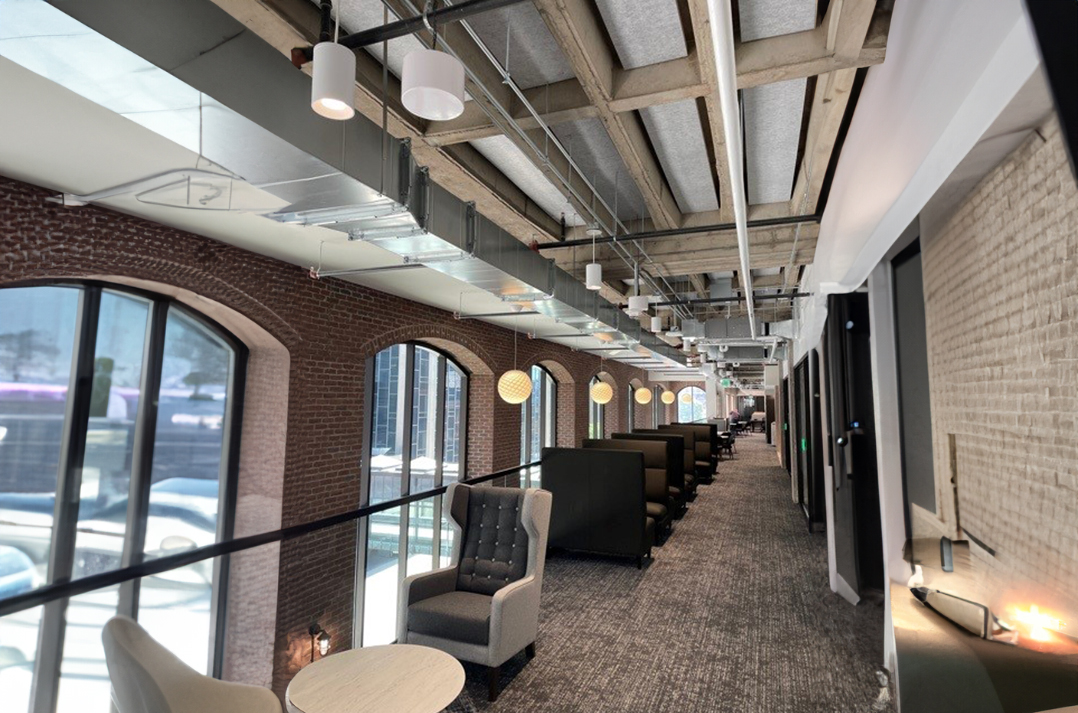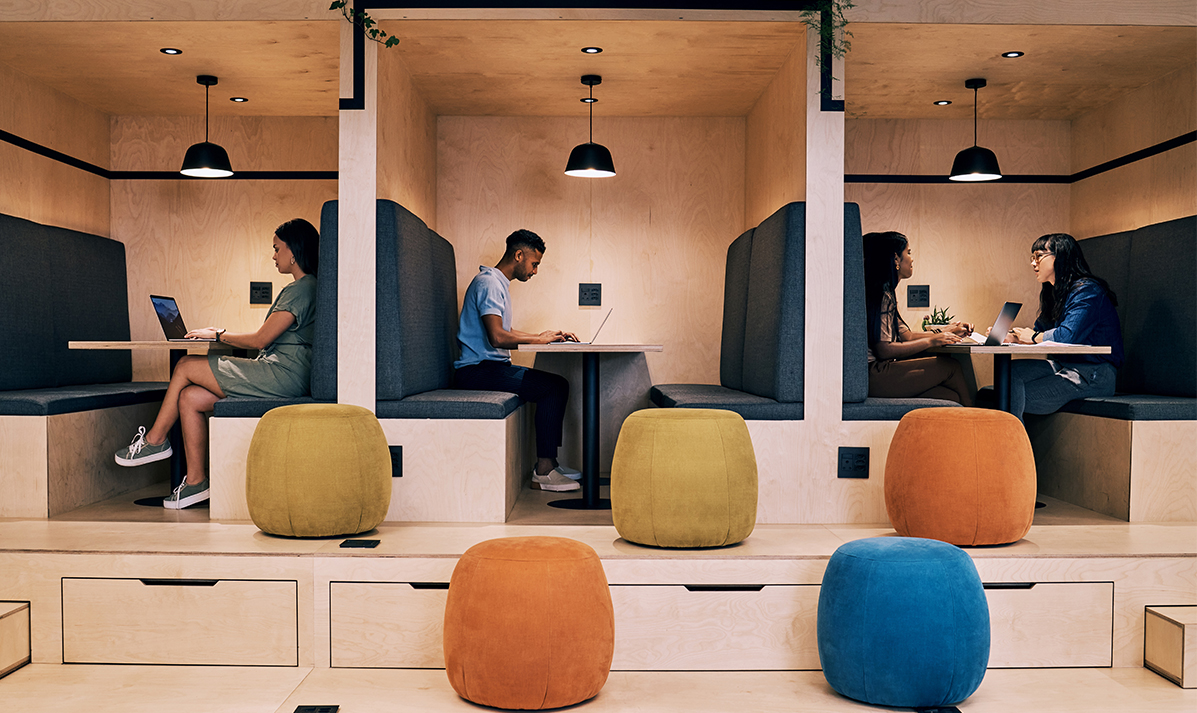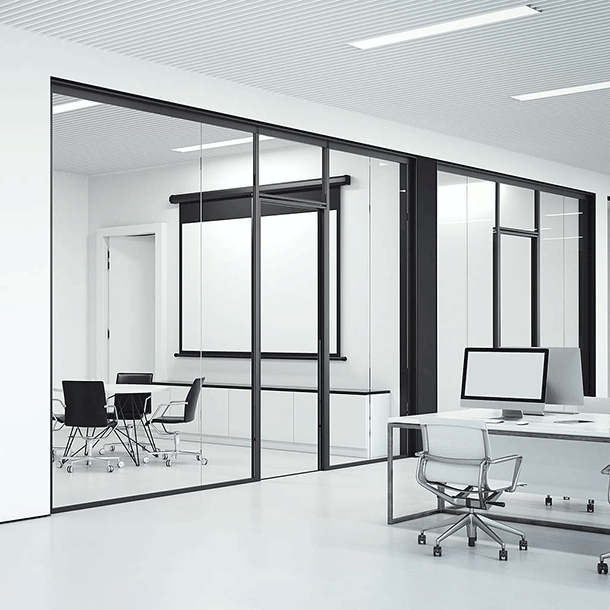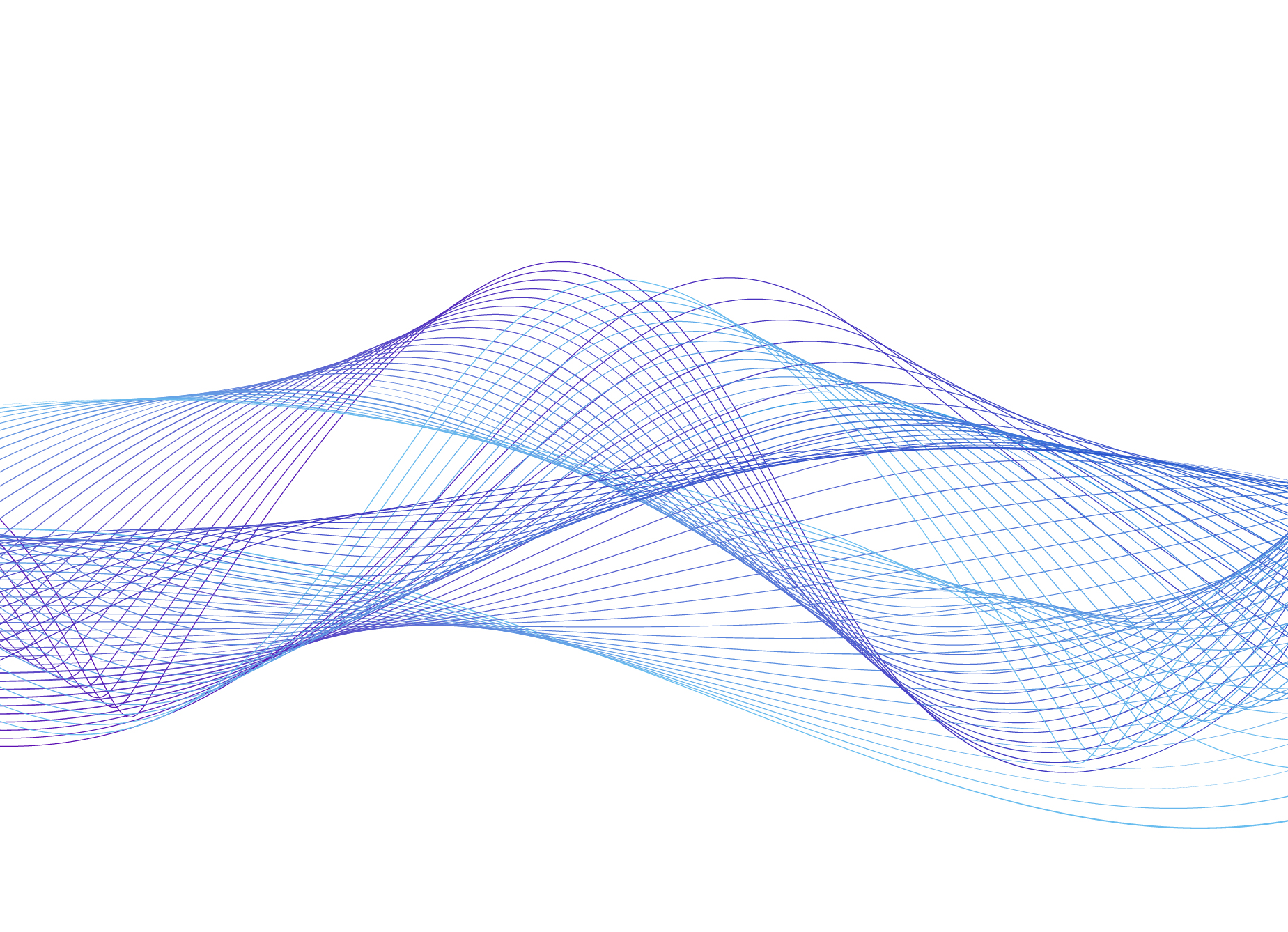In the past few years, the workplace has experienced an unprecedented transformational change driven by the pandemic, technological advancements, and evolving employee expectations. Remote work, once a forced necessity during a global health crisis, is now an integral part of business as usual. Going from the pandemic, many companies have transformed their workspaces into collaborative, innovative, and social work environments. The role of the office has been redefined as companies have also felt rising pressures to take a stand on employee wellness, diversity, and environmental sustainability, making such priorities central to workplace evolution.
Five Main Elements of The Modern Workplace In 2025
1. Flexible Work Arrangements
Both remote and hybrid work models will continue to be embedded. Employers use these arrangements to tap into a larger pool of talent while cutting back on expensive real estate. Offices will move to “hoteling” setups, providing employees with flexible, task-specific workspaces for collaboration or focused work.
2. Putting Health and Safety First
The pandemic highlighted the necessity for workplace health, hygiene, and safety. Higher ventilation standards, touchless technologies, and mental health support will be part of the new normal. Companies are also using ergonomic furniture and acoustic-focus environments that promote wellness in the physical world.
3. Technology Integration
Automation, AI, and hi-tech meeting rooms will redefine work, communication, and training. Such technologies drive efficiency and also create scope to reskill employees to take on different roles and responsibilities.
4. Sustainability at the Core
Businesses will become increasingly sustainable and respond more to climate change and environmental concerns. These will include everything from energy-efficient buildings to reduced waste as organizations work to minimize their environmental footprint. Hybrid offices will help this process by lowering commuting and office energy use.
5. Emphasis on Employee Wellness
Strategic employee wellness will continue to be a cornerstone. Companies are broadening mental health offerings, building inclusive cultures, and creating environments that nurture work-life balance.

Acoustics are Fundamental to Employee Wellness and Sustainability
Of these, the acoustic environment will be key in improving employee well-being and productivity. Noise is one of the biggest complaints in open-plan offices, where it can lead to distractions, stress, and reduced efficacy. Sound masking — an advanced acoustic technology that produces gentle, ambient sound to obscure intrusive noise — can alleviate these problems dramatically. A steady engineered background sound also aids in speech privacy and reduces cognitive load due to distracting sounds.
Mistakes within the measurement may have led to mismatched noise insulation and sound masking measures, which can ultimately become a health and safety concern. They enable companies to create more open, collaborative spaces with sound privacy, minimizing the demand for strict physical barriers or private offices in a cost-effective and low-footprint way. Moreover, incorporating sound masking solutions aligns with WELL certification standards, which emphasize the importance of acoustic comfort as a critical component of a healthy and productive workplace. By meeting these standards, organizations demonstrate their commitment to employee wellness and sustainability, creating spaces that not only foster collaboration but also enhance overall well-being.
Balancing the Need to Share Data and the Need for Privacy
With activity-based and hybrid working environments, no two days are ever really the same — especially when it comes to the work environment. The sound of an office tends to shift dramatically across the week, from buzzing and bustling to pin-drop faint and faintly chapel-like, strained by the cyclical rhythm of changing employee activity and occupancy. At the end of the day, there will always be those employees who need space near others to collaborate and those who need to concentrate and focus without distractions. Adaptive sound masking technology can bridge these two very different needs within the same space, adjusting dynamically to the diverse conditions of the office.
The Future of the Workplace
In 2025, your new workplace will be adaptable, inclusive, and part of the global sustainability strategy. Office and facility managers, architects, and interior designers will need to understand these trends to create environments that fit the ever-changing needs of employees and organizations. Through a focus on wellness, the use of technology, and the adoption of sustainable practices to create inspiring workspaces, businesses will open their doors to innovative ideas, cooperative spirit, and rich productivity of a healthier workforce.




